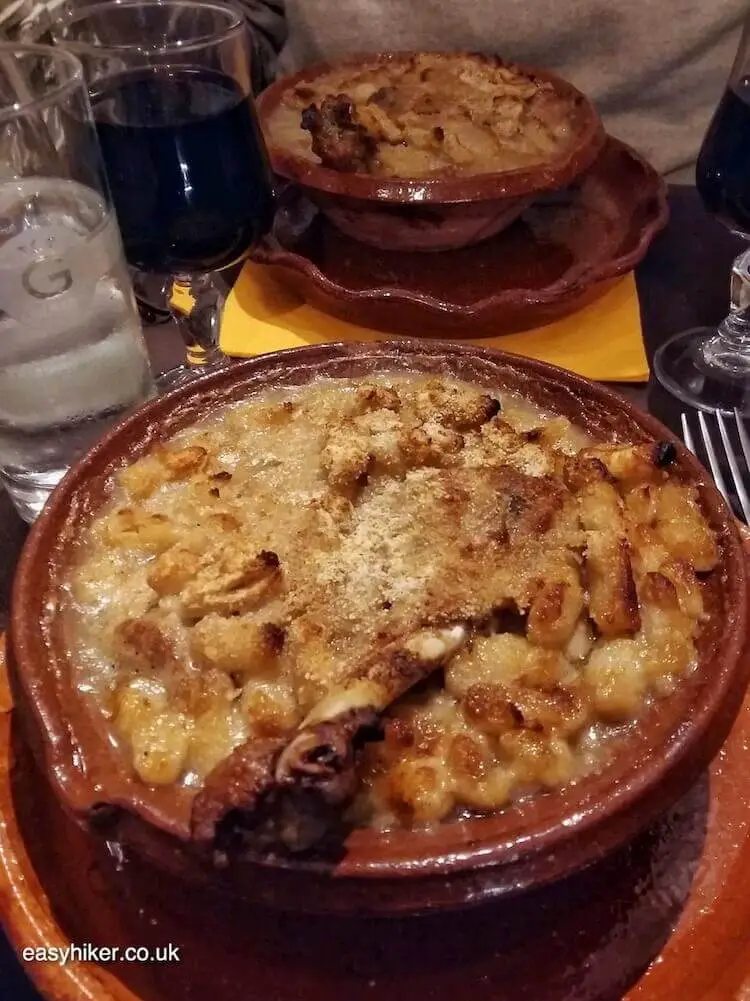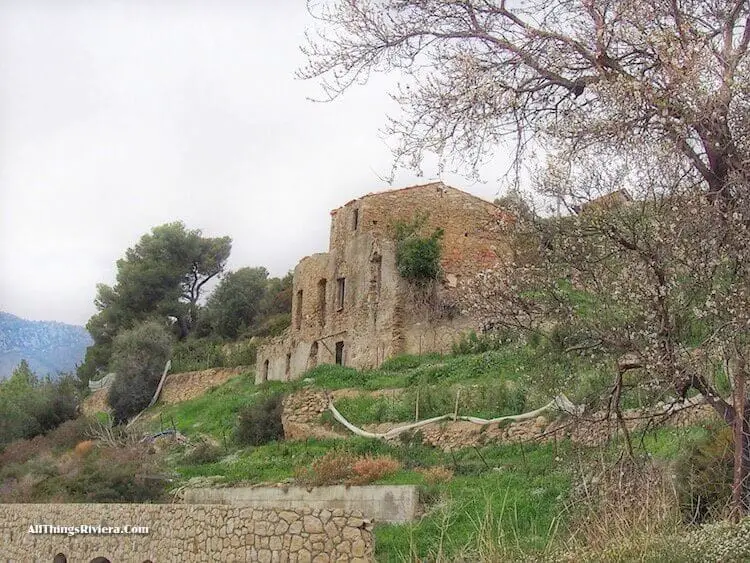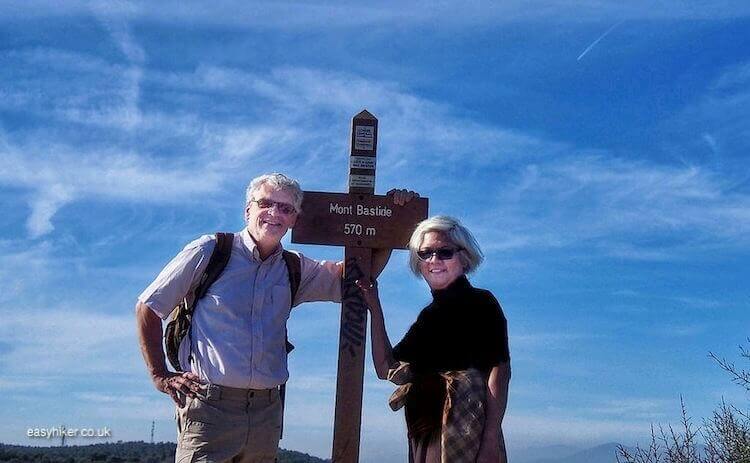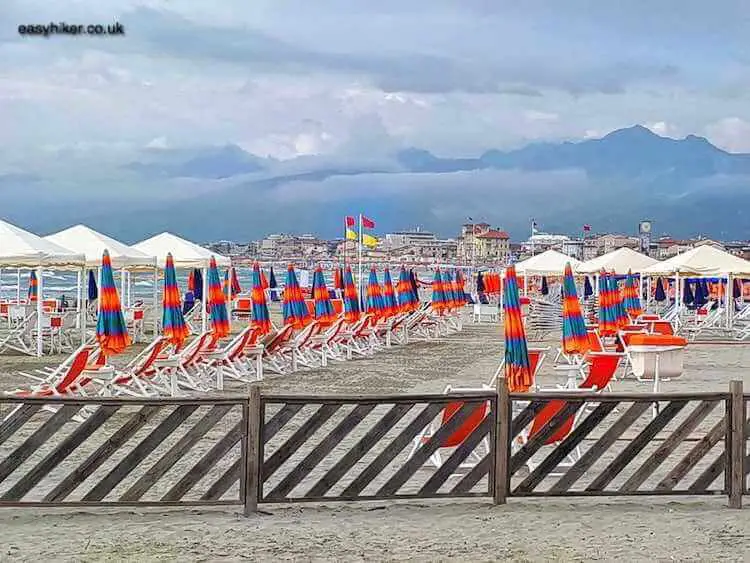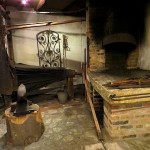The Canal du Midi is one of the greatest feats of civil engineering in the history of the world. Its construction stretched the 17th century’s technological knowledge and ingenuity to its very limits, much as the Channel Tunnel project would 300 years later.
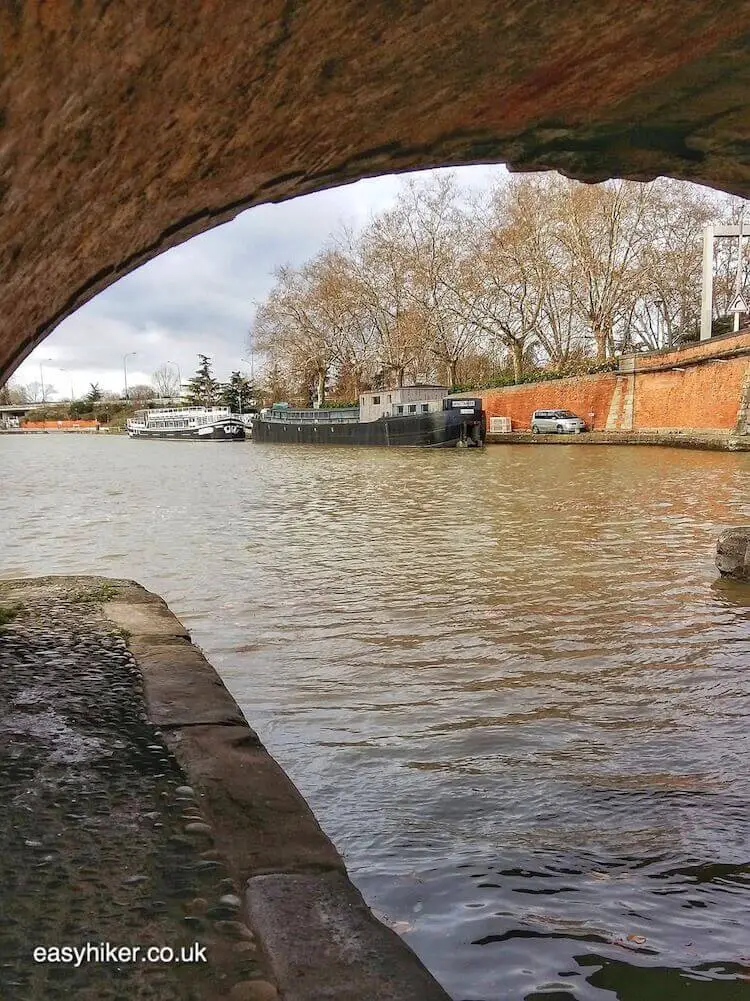
For nearly 2000 years, people had been dreaming of a navigable waterway to connect the Atlantic Ocean with the Mediterranean Sea.
But where previous rulers – from the Emperor Augustus via Charlemagne to Francois I who brought Leonardo da Vinci over to do the maths – had merely faffed about and fantasized, Louis XIV was determined to act.
For one, because such a canal fitted in well with his political aim of isolating Spain (by rerouting the Mediterranean maritime trade to bypass the Iberian peninsula including the strait of Gibraltar and thus deprive his main rival in the European power game of important revenue).
It is also because the Sun King liked the idea of leaving behind a legacy that would bear witness to his power and his glory for centuries to come. (The Canal du Midi was originally known as the Canal Royal and renamed after the French Revolution.)
The Canal du Midi also enjoys the reputation of being one of France’s premier hiking routes. It is certainly a charming sight, even in bleak midwinter, …
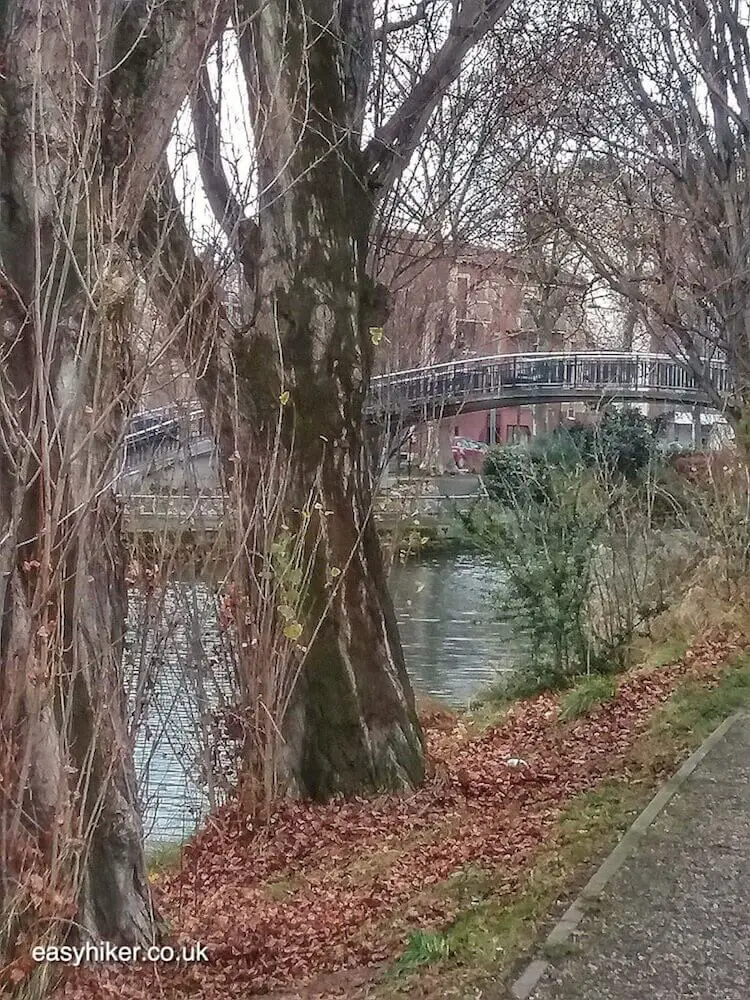
… but perhaps the ancient waterway lacks the element of variety and surprise that characterizes the truly great trails.
Where to start Hiking Part of Canal du Midi in Toulouse
I am not sure whether I would recommend a week-long hike along the Midi, but I can attest and guarantee that a couple of hours at any time of the year – even in early January –provide a fascinating experience.
Our walk follows the Canal du Midi on its initial stretch just outside Toulouse town centre. Step out of the city’s central train station – the canal passes right in front of the Gare de Matabiau – and turn right.
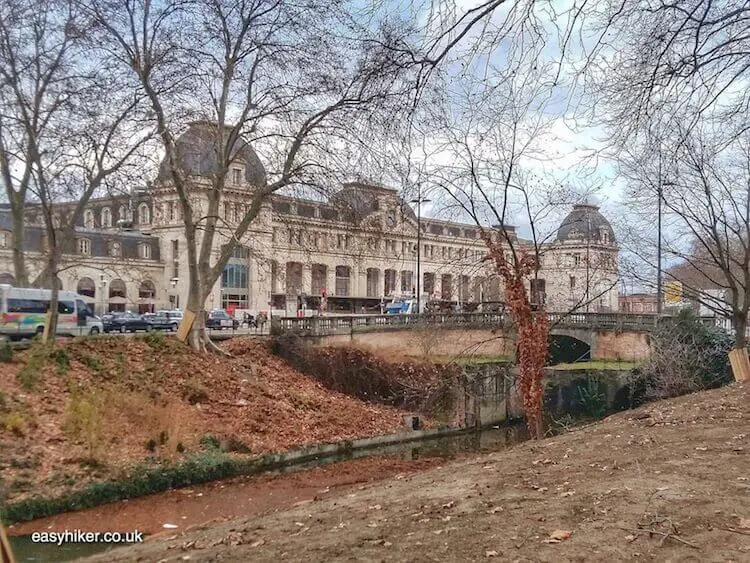
It does not take the Midi long to establish its famous theme of densely planted rows of plane trees.
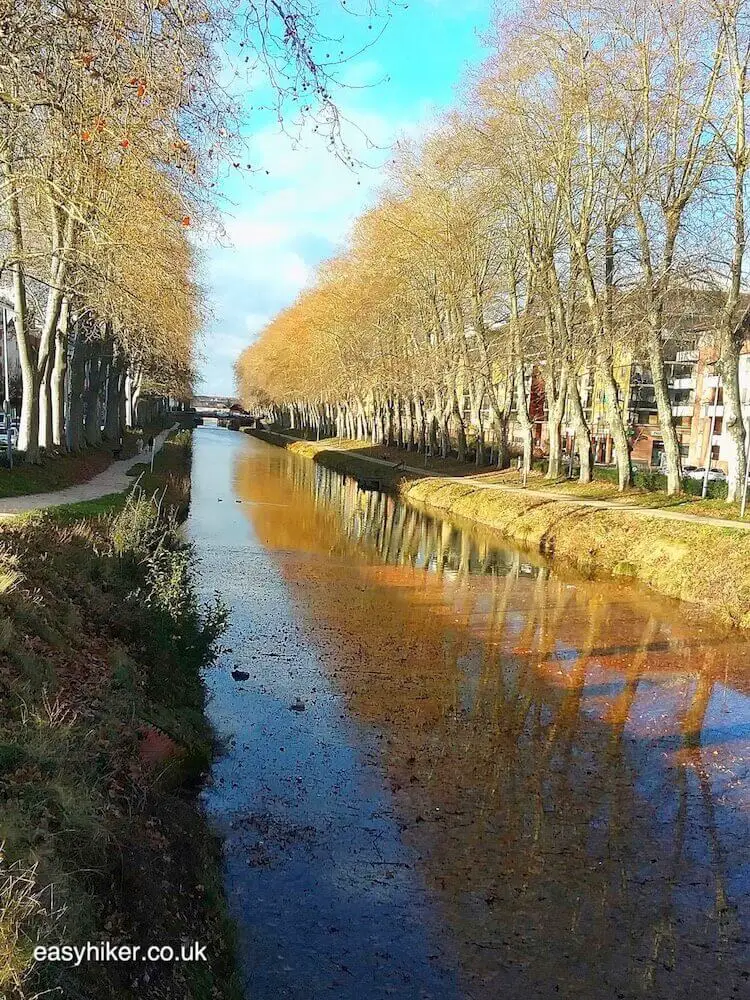
The canal is 240 km long and lined on either side by a total of 42,000 plane trees. Sadly, however, many of these trees have been infected by an incurable fungus and face extinction. Over the past ten years, almost 10,000 trees have already been felled and destroyed, although the region of Toulouse appears to have been largely spared.
Some of the canal’s ancient building fabric has equally survived so that a stroll on the banks of the Midi sometimes feels like a walk back in time.
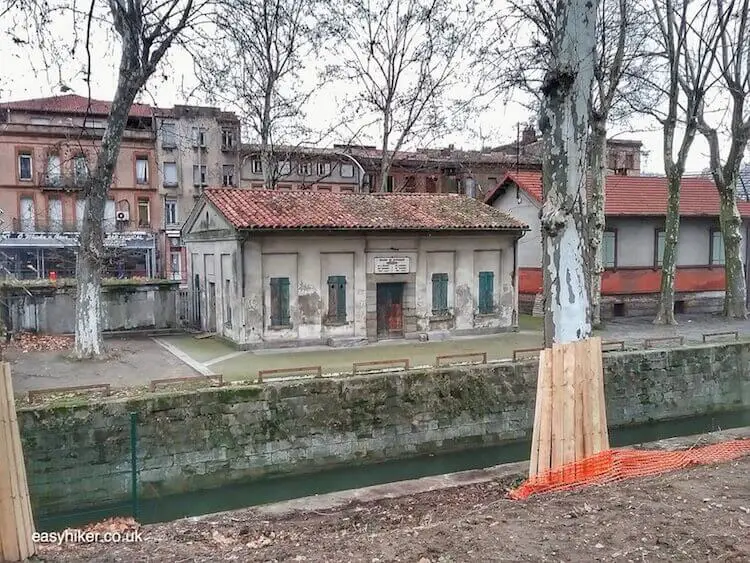
After about one hour, you will reach the basin which marks the starting point of the canal. The Midi is joined here to two extensions that were built at a later stage to address some of the problems that had emerged in the operation of the waterway.
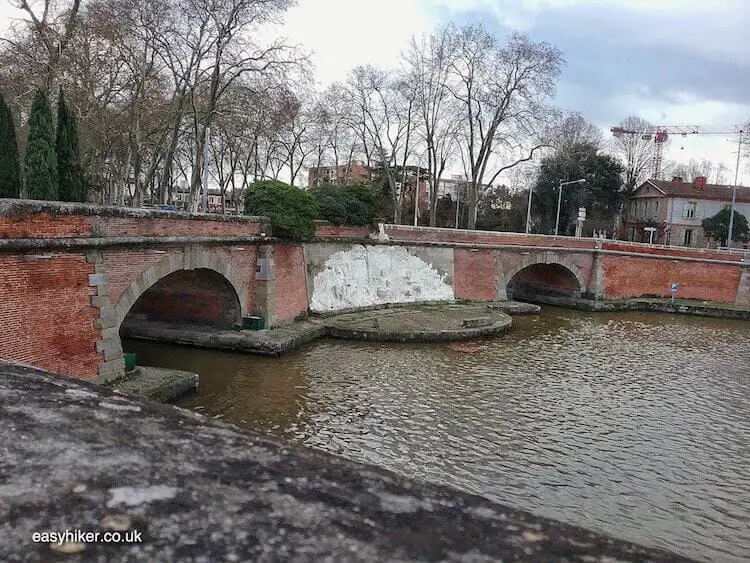
The Canal Lateral de la Garonne on your right hand side was added in the 19th century when the Garonne – the river that connects Toulouse with Bordeaux and its estuary sea port – proved too difficult to navigate for the new-style, larger cargo boats which had been introduced to meet the increasing demand for bulk freight.
We, however, will continue our walk down the Canal de Brienne on your left hand side which was completed in 1776.
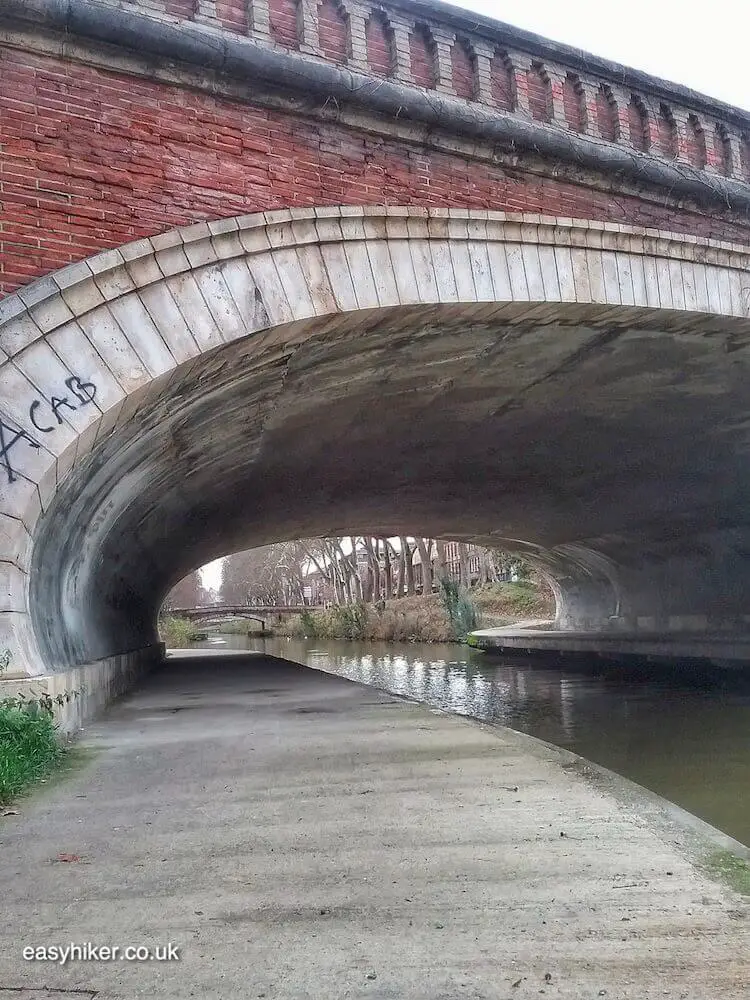
Before 1776, goods had to be transported by land from the Midi to the Garonne, over a distance of nearly 2 km through the cobbled city streets of Toulouse. This was highly inconvenient, so it is all the more surprising that the Brienne – other than the Canal du Midi – was used only sparingly and never returned much of a dividend to its investors. Ultimately, it had to be written off as a commercial flop.
It is a very pretty sight, however, and perhaps the best part of the walk.
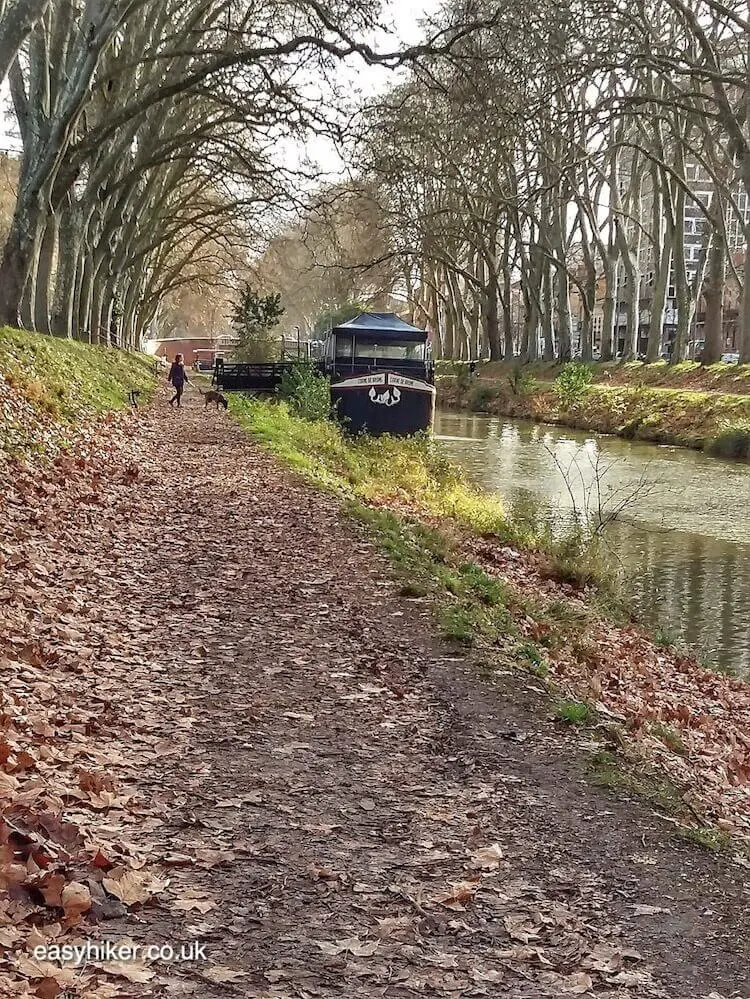
The Canal de Brienne ends at the Saint Pierre lock where it joins the Garonne.
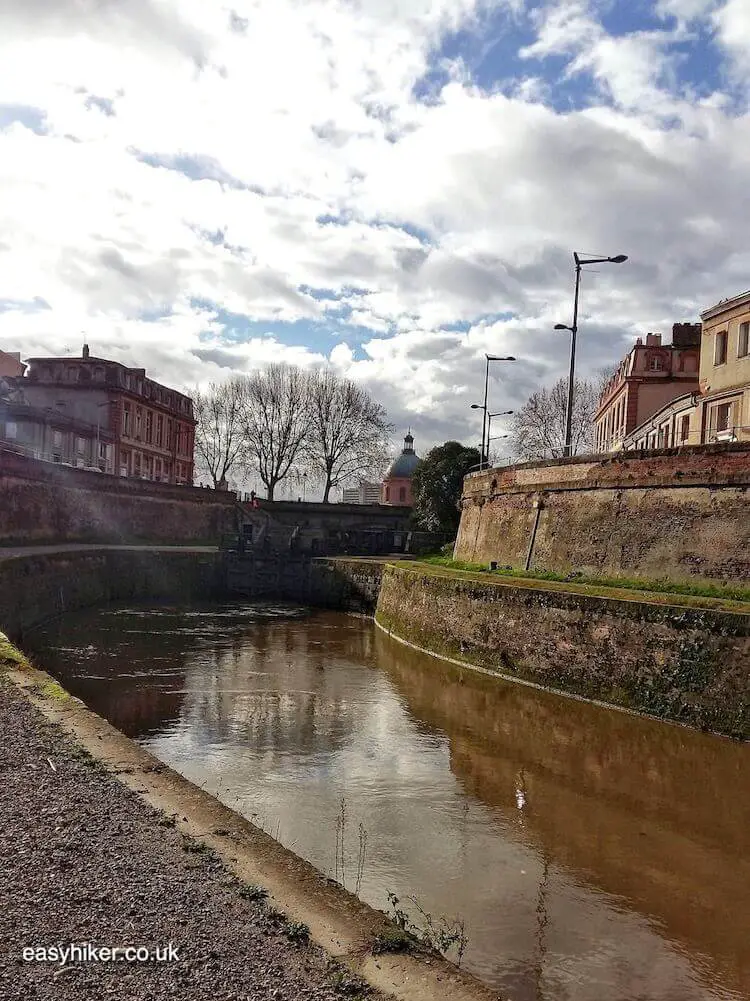
Climb the stairs and turn left to continue by the river.
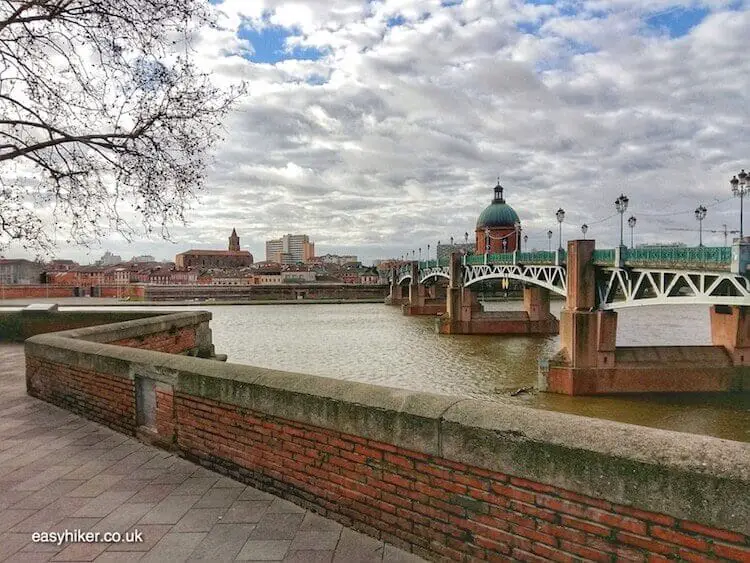
The bridge in front of you is the Pont St Pierre, which was built in 1987 after its predecessor had to be demolished after a life span of only 60 years, and the bridge in the distance on your left hand side is the 17th century Pont Neuf, despite its name the oldest extant bridge in Toulouse.
Around the Place du Pont Neuf, you can see the old docks of Toulouse harbour, the Porte de la Daurade. This is where cargo from the Mediterranean would have transferred to larger ships that were capable of manoeuvering the often tricky conditions of the Garonne.
The port buildings were only recently restored and are a centre for the local night life, accommodating many fancy bars and restaurants. From here, it is only a short walk to the town centre.
If you have arrived early, you should take the time for a walk through the town. Toulouse is the capital of the southwest region and the fourth largest city in France. There are many things to see and to discover.
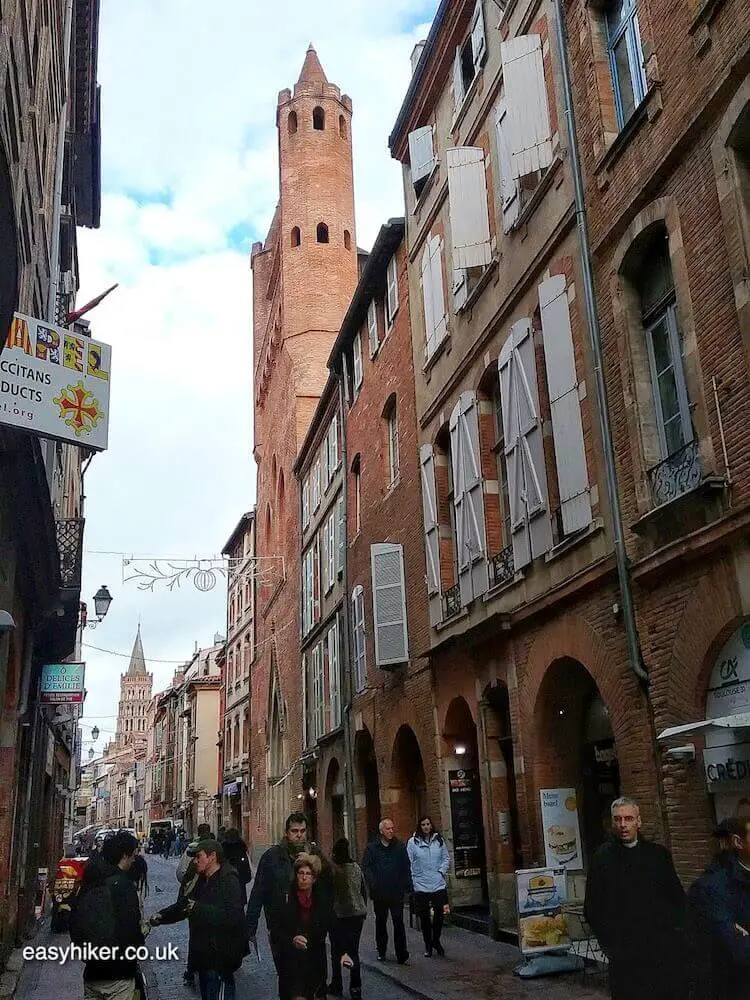
For lunch or dinner, we recommend a bowl of Cassoulet, a slow-cooked casserole of white beans, saucisses de Toulouse (sausages) and duck meat. This is the local specialty and just the ticket for a cold winter day and definitely a bonus after hiking part of Canal du Midi in Toulouse.
